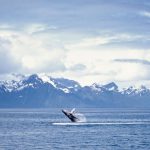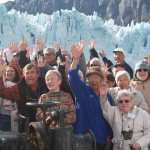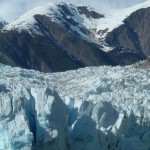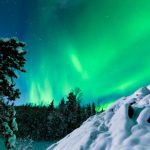Alaska’s reputation for being cold, snow packed and filled with bears is only true if you venture deep inland. On your cruise, you might just be surprise to find weather warmer than winter in the rest of the US!
This isn’t to say you won’t see glaciers and snow capped peaks, but rather you’ll see so much more! Our team provides some insights on what you can expect to see and what to pack for your voyage to The Last Frontier. 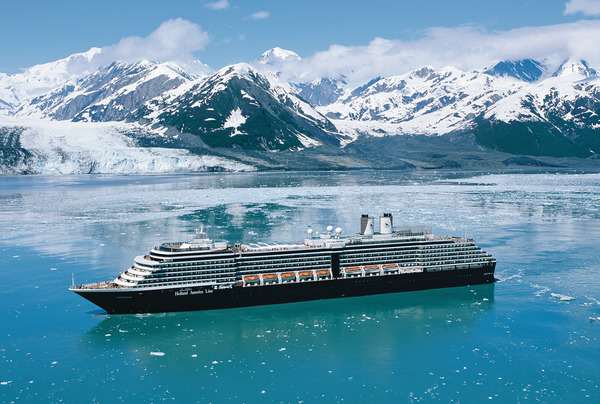
It’s more than snowy mountains
The wild beauty seen along the coastline on a Alaska cruise is something that travelers will remember for the rest of their lives. Rocky strips of land between the water and stands of old growth trees are common sights from the deck of a cruise ship.
 Wildlife sightings are frequent as well, with cruise ship passengers reporting spotting:
Wildlife sightings are frequent as well, with cruise ship passengers reporting spotting:
- grizzly and black bears
- moose
- deer
- foxes
- bald eagles
- wolves (less frequently)
Humpback whales are another sight that frequently enthrall cruisers, and it’s not uncommon to see pods of Orca whales on their annual migration. Other aquatic wildlife includes large schools of Alaskan salmon, dolphins, seals, and sea lions.
What you may not know is:
- Alaska has more coastline than the rest of the US combined (over 34,000 miles).
- Alaska contains more than 100 volcanoes and volcanic fields
- There are more than 3,000 rivers and 3 million lakes in Alaska
- Only about 5% is covered in glaciers
It’s Not That Cold
The weather on Alaska’s panhandle can change many times throughout the course of the day.
A day might start out sunny and mild, for instance, turn to rain an hour later, and be sunny again in time to enjoy an outdoor lunch. The Tongass National Forest, which is 16.8 million acres, needs a great deal of moisture to support its trees and wildlife, so travelers should expect to encounter rain during their visit.
Even during the prime cruising months of June, July, and August, temperatures are generally fairly mild during this time, with average highs in the 60s and lows in the high 40s and 50s.
- Ketchikan receives the most rain, with weather conditions becoming progressively drier the farther north you go.
- Skagway is located in a rain shadow, and as a result, receives very little rain.
- Anchorage has a low humidity feeling like San Francisco in Spring to Fall and a ski town in the Winter.
Southeast Alaska isn’t far enough north to experience the round-the-clock daylight that happens in other parts of Alaska, but it does have incredibly long, colorful sunsets that linger near the horizon for as much as two hours before the sun finally sinks into the sea. The wind usually dies down during the evening hours, making the smooth-as-glass water the perfect surface for catching the reflections of the sunset.
What to Wear
It isn’t necessary to bring cold weather gear on an Alaskan cruise, but travelers should keep in mind that they’ll be visiting a rain forest.
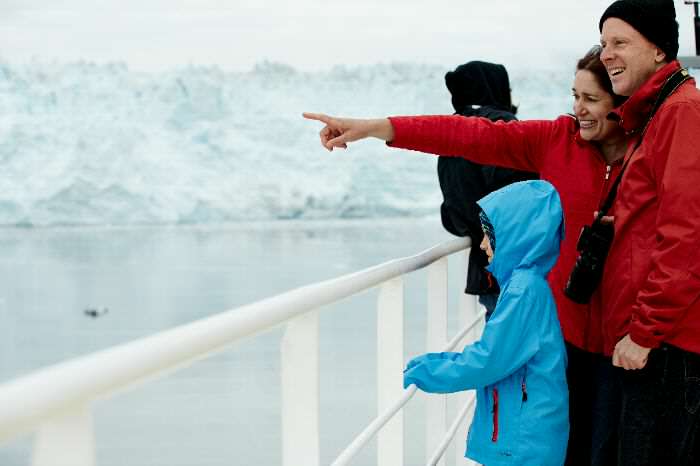
The most important thing about packing for an Alaskan cruise is to bring items that can easily be layered:
- Long pants, light tops, waterproof hats and waterproof jackets that can easily be slipped on and off with changes in the weather
- Warm cardigans will take the chill of a typical Southeast Alaska evening
- Medium-weight, moisture proof socks and a pair of warm gloves are also nice to have
- Sturdy, closed-toe footwear with nonslip soles are highly recommended for wear on deck as well as on shore excursions while in port.
The city of Skagway, for instance, features authentic boardwalks throughout its main area, and wood is slippery when wet. The southernmost port city, Ketchikan, also features many wooden walkways, and weather is typically wet both here and in Alaska’s capital, Juneau.
All parts of the Inside Passage require medium-weight, rain-and-wind-resistant clothing, although rain will be far less common in the northern part of the Inside Passage.
Of course, travelers should bring their favorite evening clothes as well for watching those long, magnificent sunsets while enjoying fine food and wine in the ship’s dining room!
